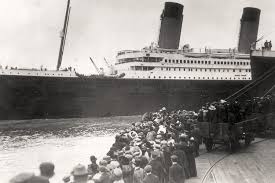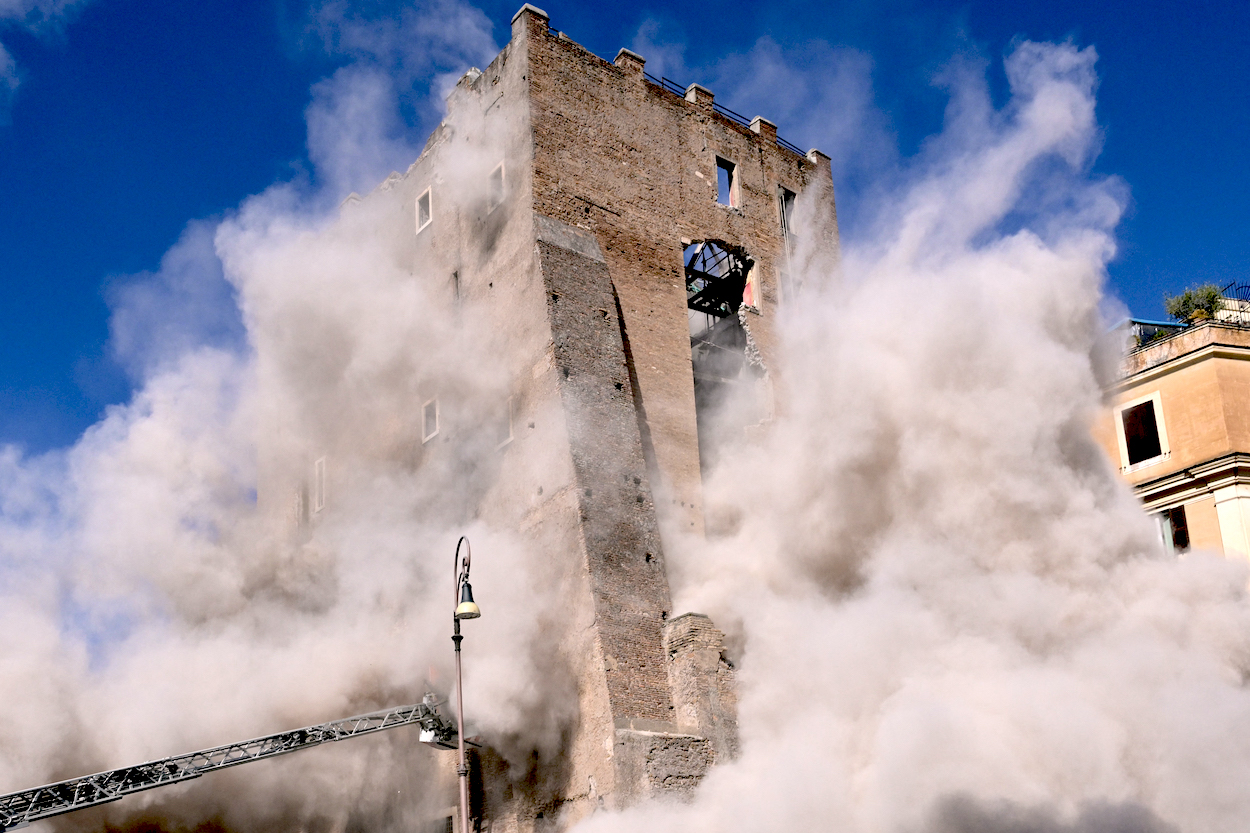
Introduction
The RMS Titanic holds a significant place in history due to its tragic sinking in 1912. This catastrophic event not only resulted in the loss of over 1,500 lives but also prompted crucial changes in maritime safety regulations. The story of the Titanic continues to resonate today, serving as a reminder of human fallibility and the importance of safety at sea.
Key Events Leading to the Tragedy
The Titanic was, at the time of its launch in May 1911, the largest and most luxurious ocean liner ever built. It was heralded as “unsinkable” due to its advanced design features, including watertight compartments. On the night of April 14, 1912, however, during its maiden voyage from Southampton to New York City, the ship struck an iceberg at approximately 11:40 PM. Just two hours and forty minutes later, she sank into the icy waters of the North Atlantic.
The Aftermath and Impact on Maritime Safety
The aftermath of the Titanic disaster spurred widespread public outrage and led to significant changes in maritime regulations. One of the crucial outcomes was the establishment of the International Convention for the Safety of Life at Sea (SOLAS) in 1914. This convention enforced lifeboat regulations, ensuring that all ships carry enough lifeboats for all passengers and crew members, among other safety measures.
The Titanic’s story was further popularised through numerous films, documentaries, and literature, culminating in James Cameron’s acclaimed 1997 film, which reignited global fascination with the tragedy. Reflecting on its legacy, the Titanic teaches us about the importance of preparedness and respect for nature’s forces.
Conclusion
The Titanic remains a poignant reminder of human endeavour and the immense power of nature. As we continue to observe maritime practices and safety measures today, the lessons learned from this tragedy remain relevant. Advances in technology and safety regulations have transformed the way we navigate the seas, ensuring a greater emphasis on passenger safety and disaster preparedness. The story of the Titanic teaches us that while we may strive for greatness, it is our responsibility to remain vigilant and humble in the face of nature’s unpredictability.
You may also like

Tragic Collapse of Medieval Tower in Rome

The Role of the Shogun in Japanese History
